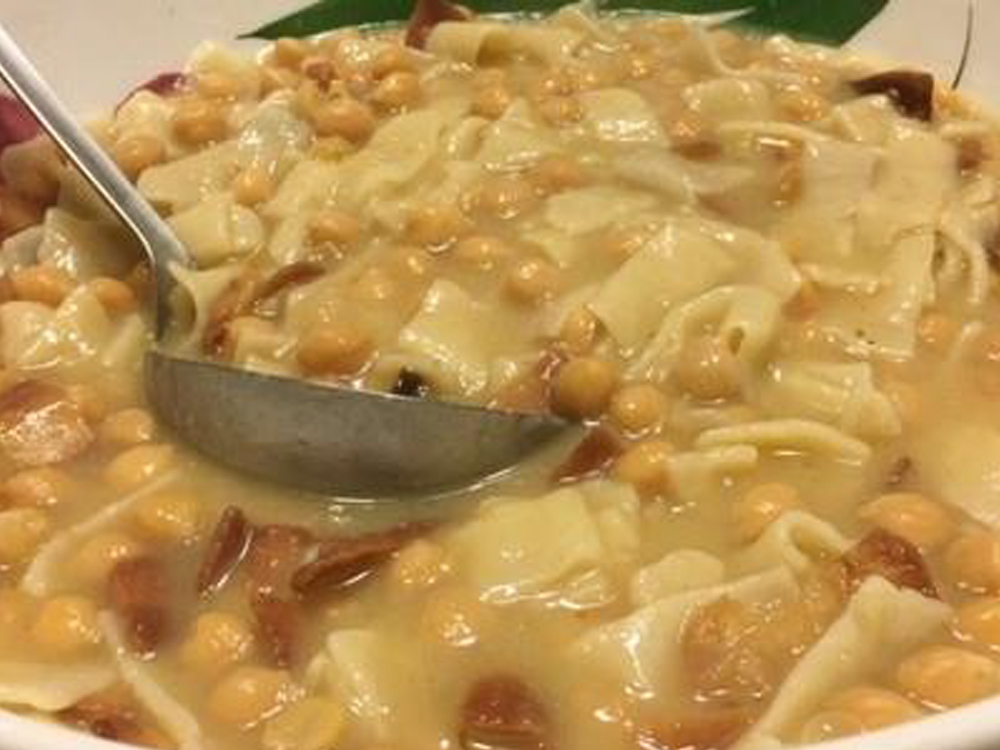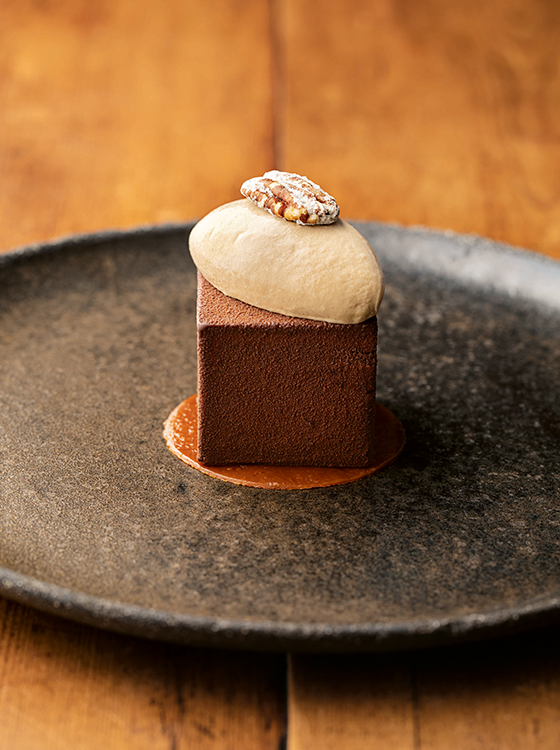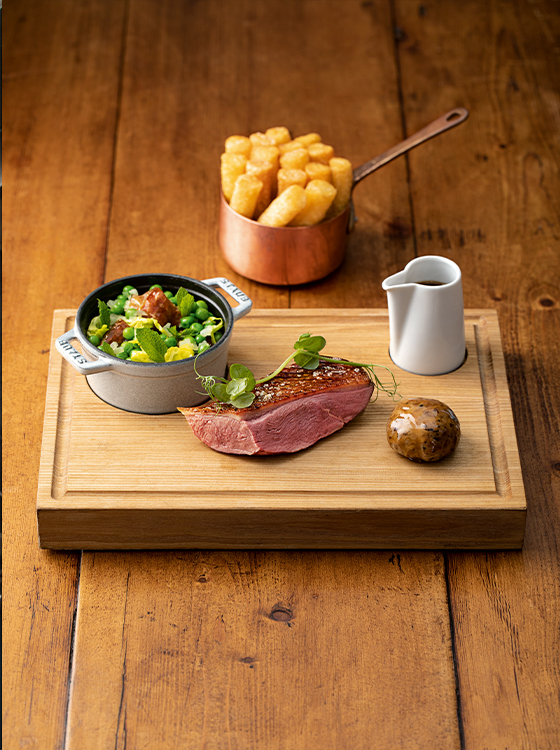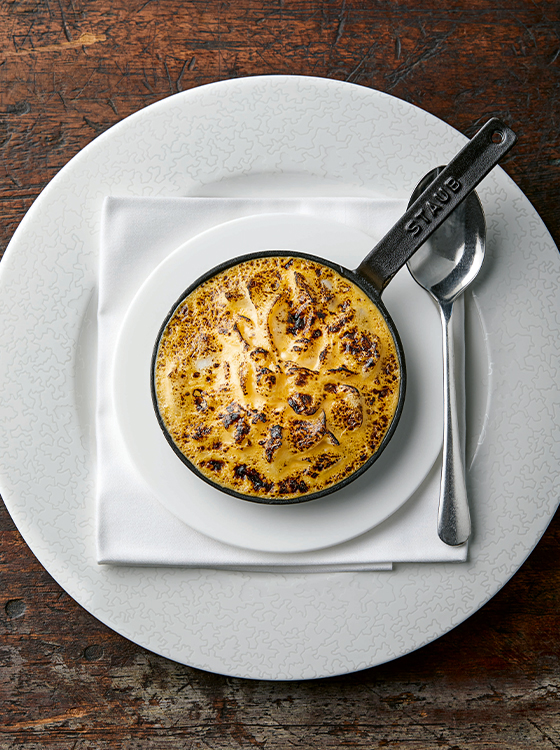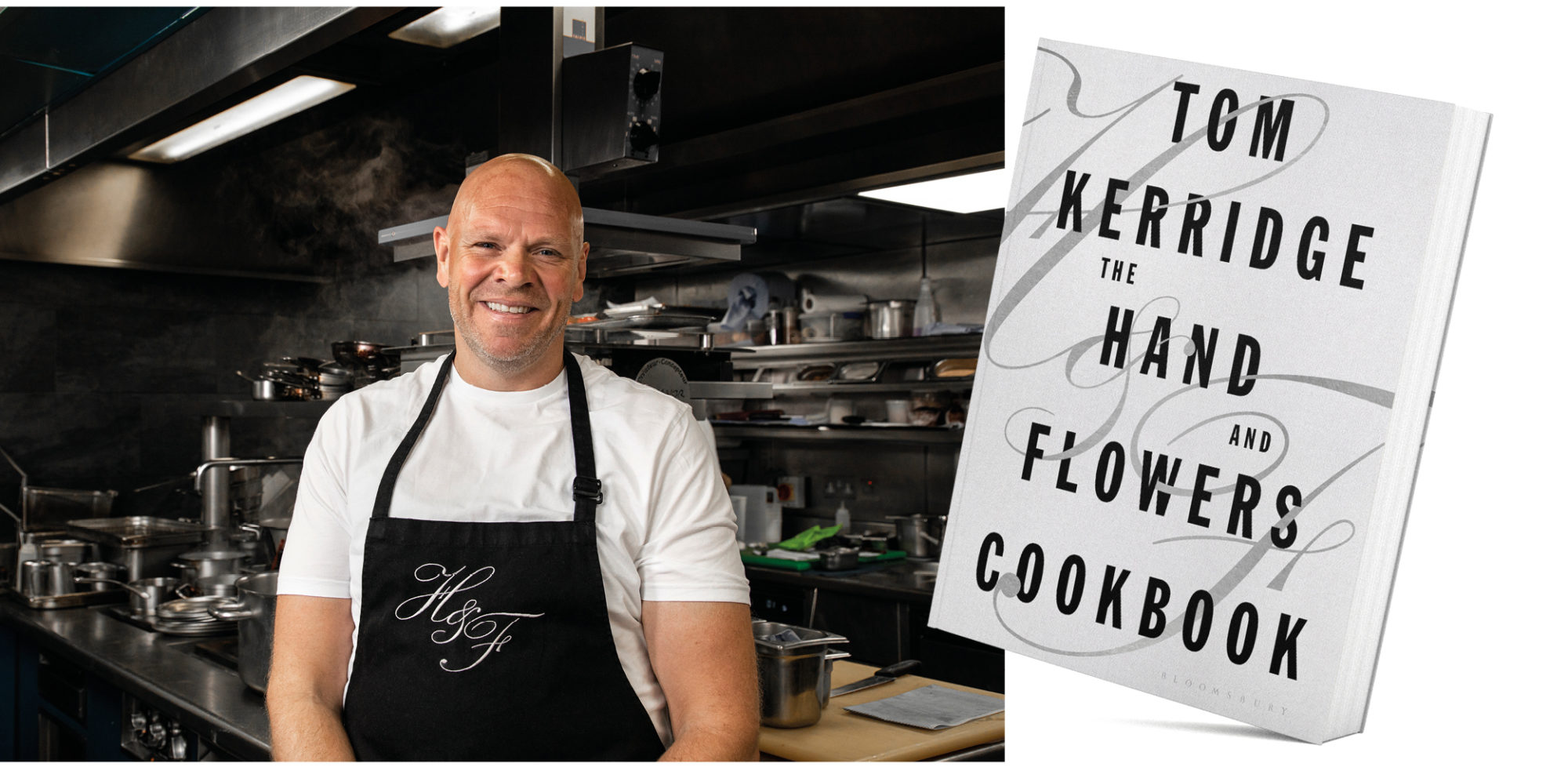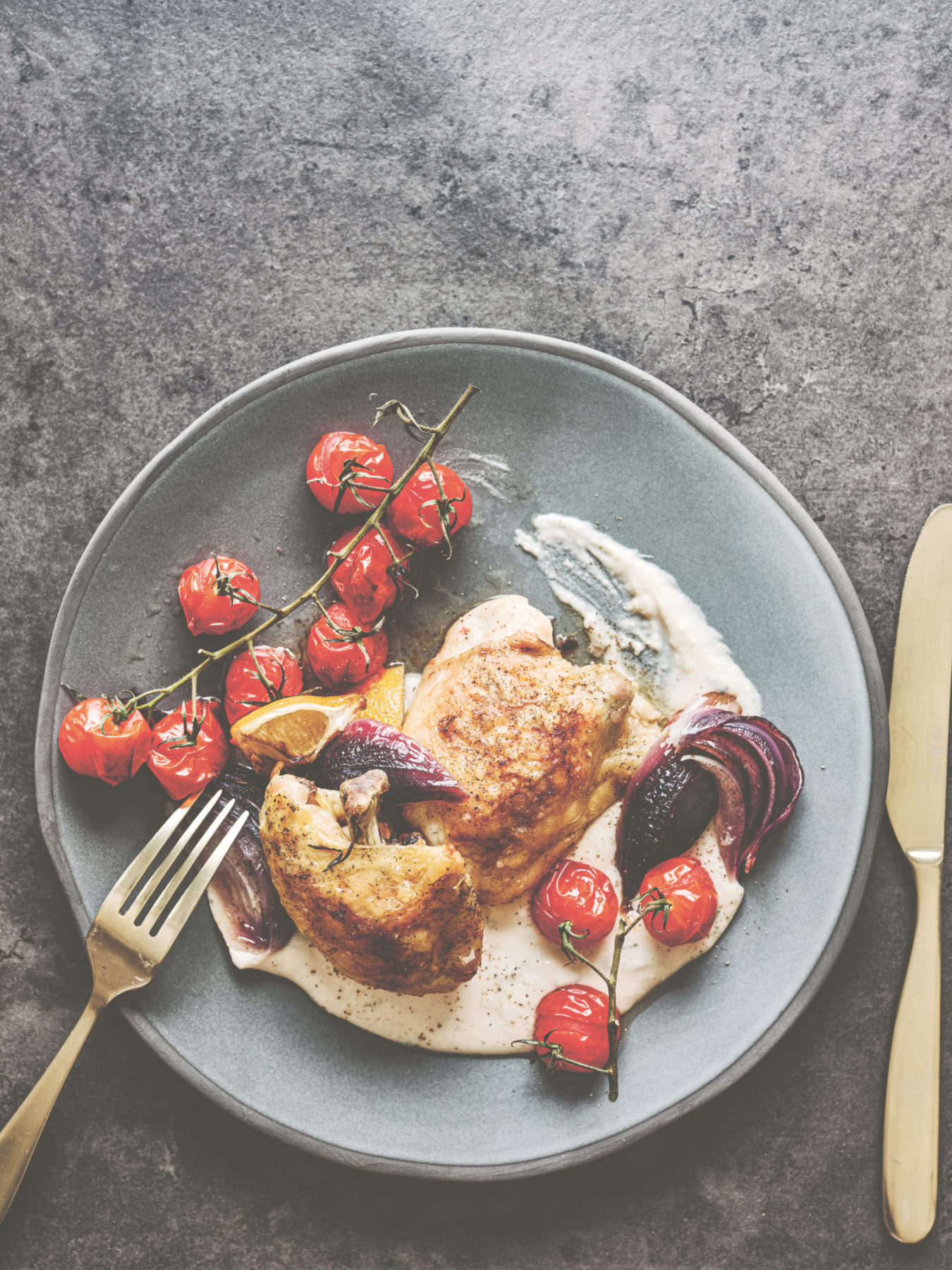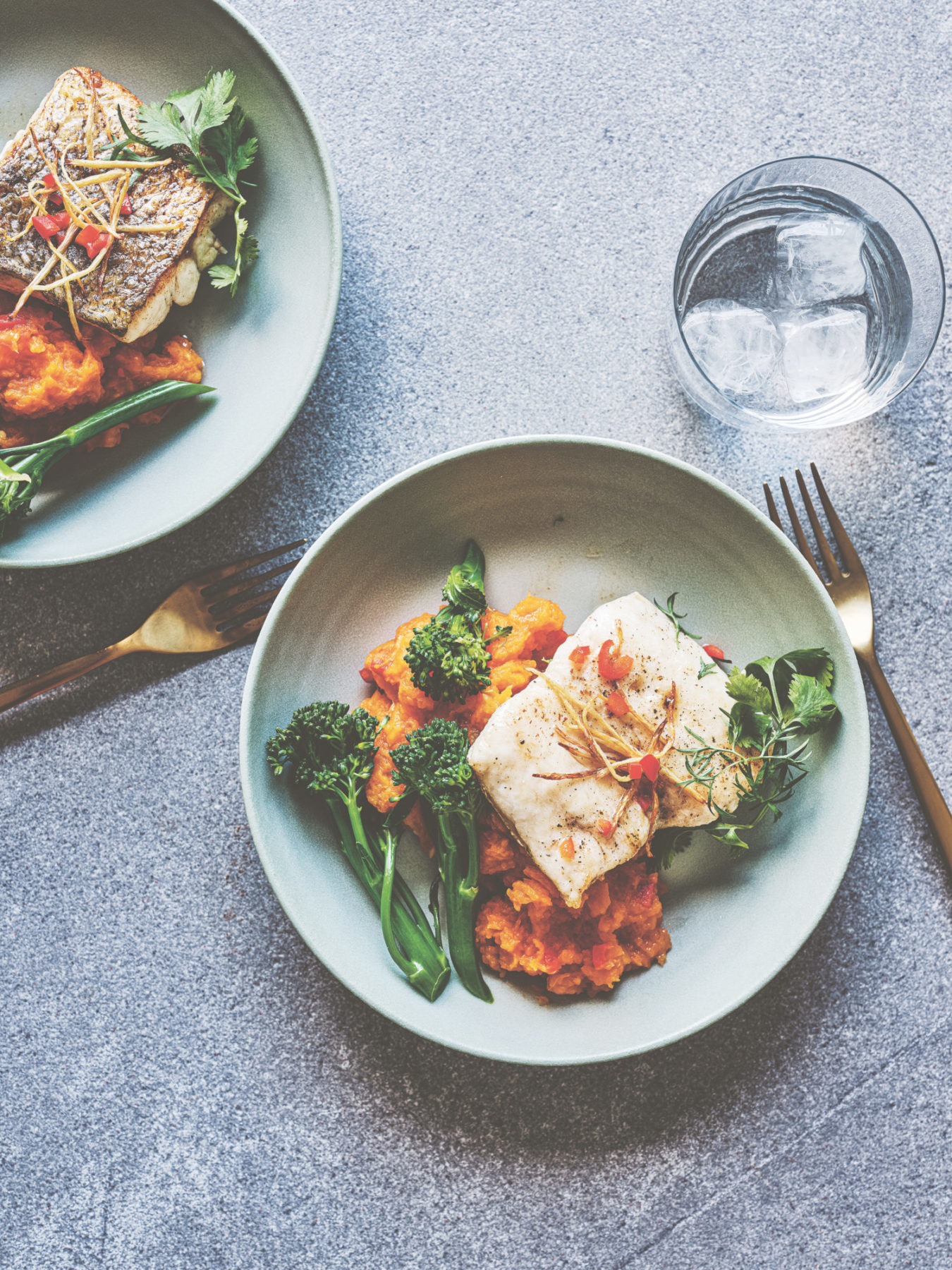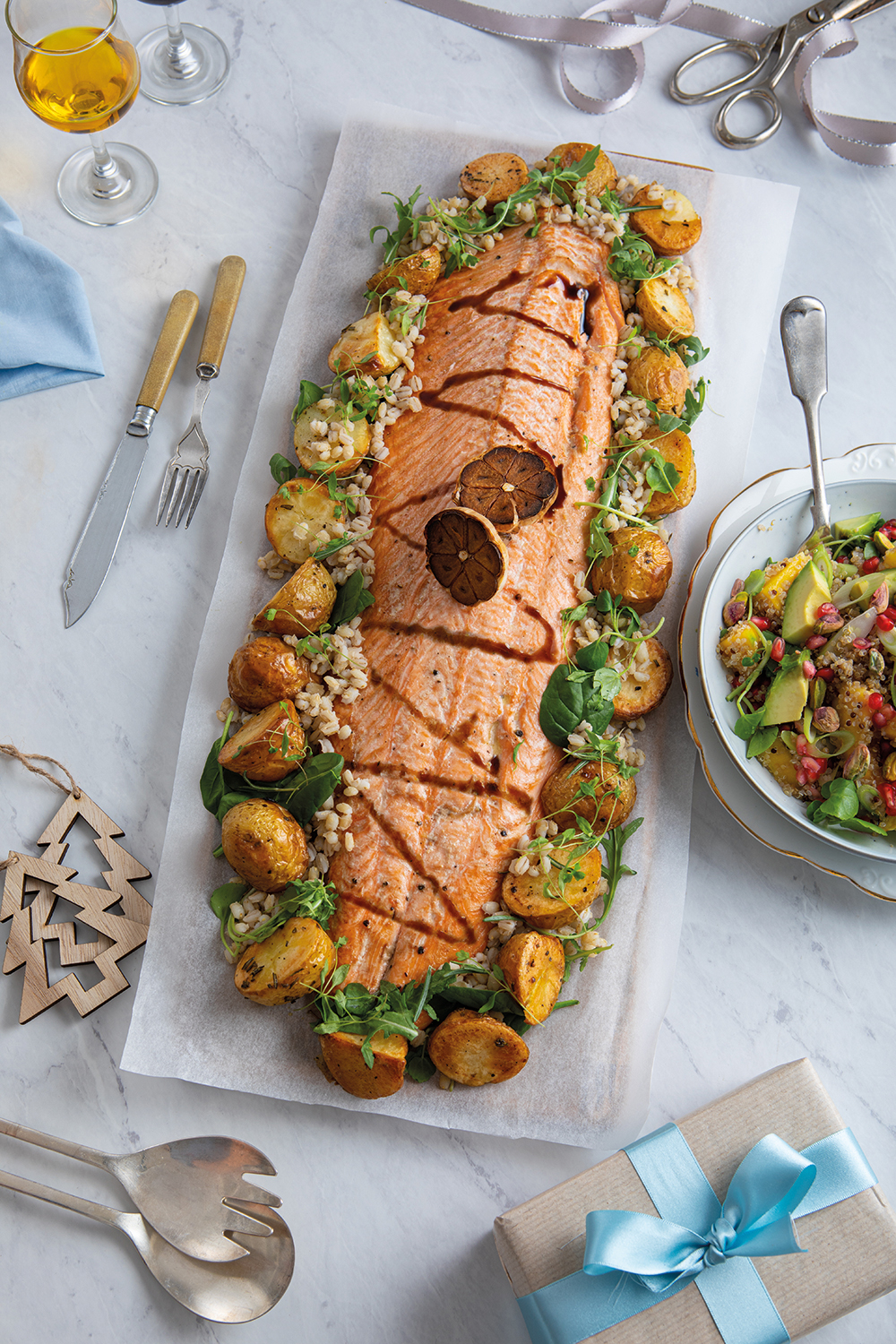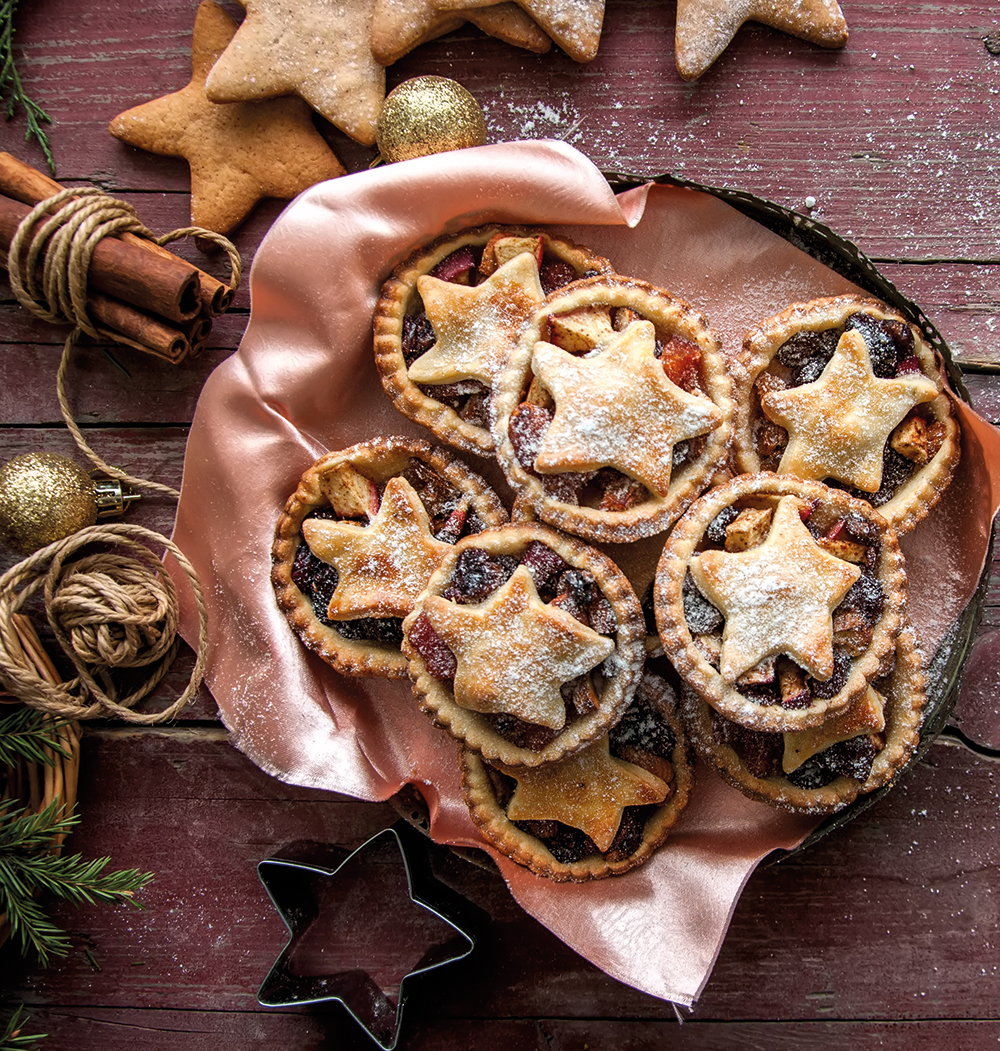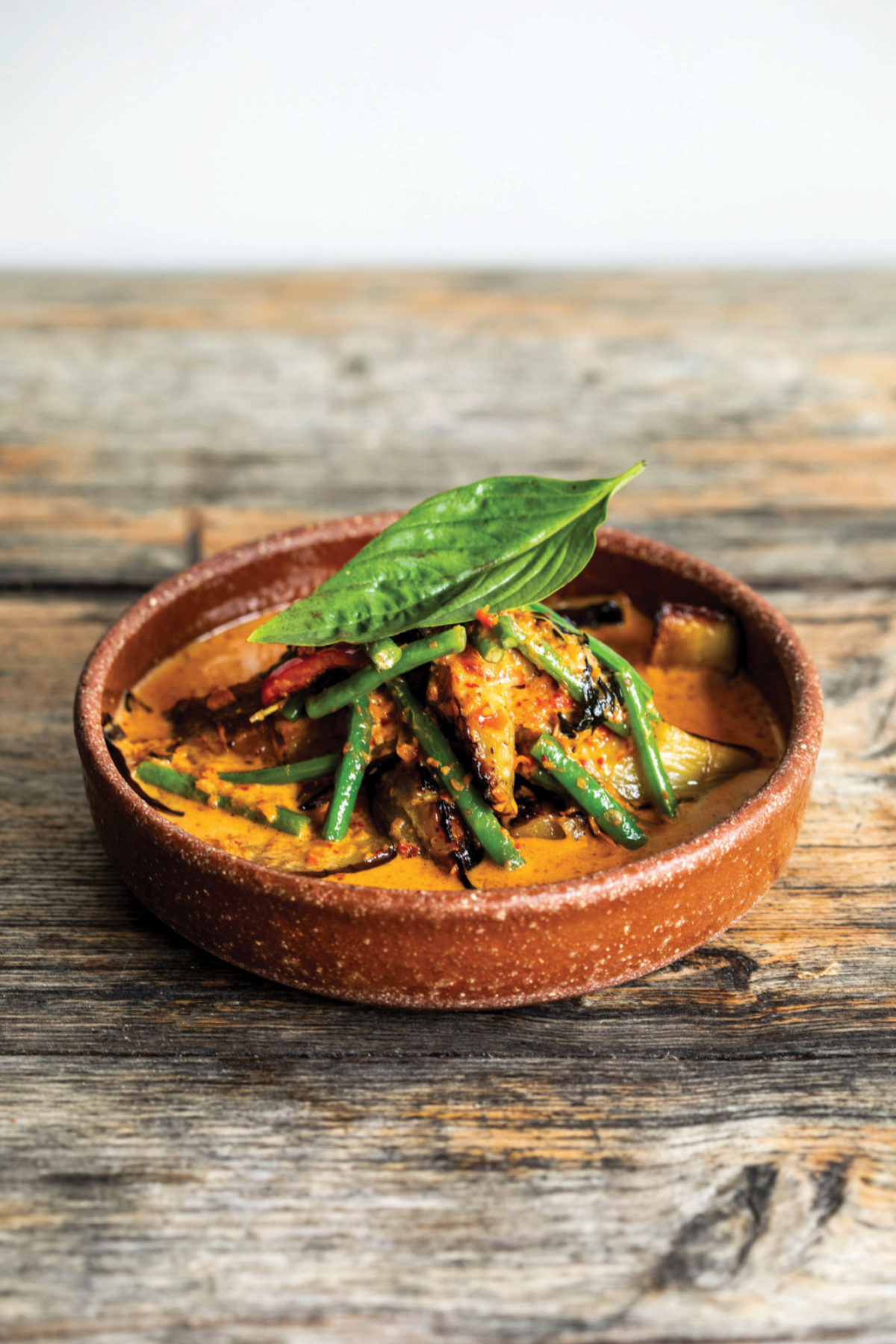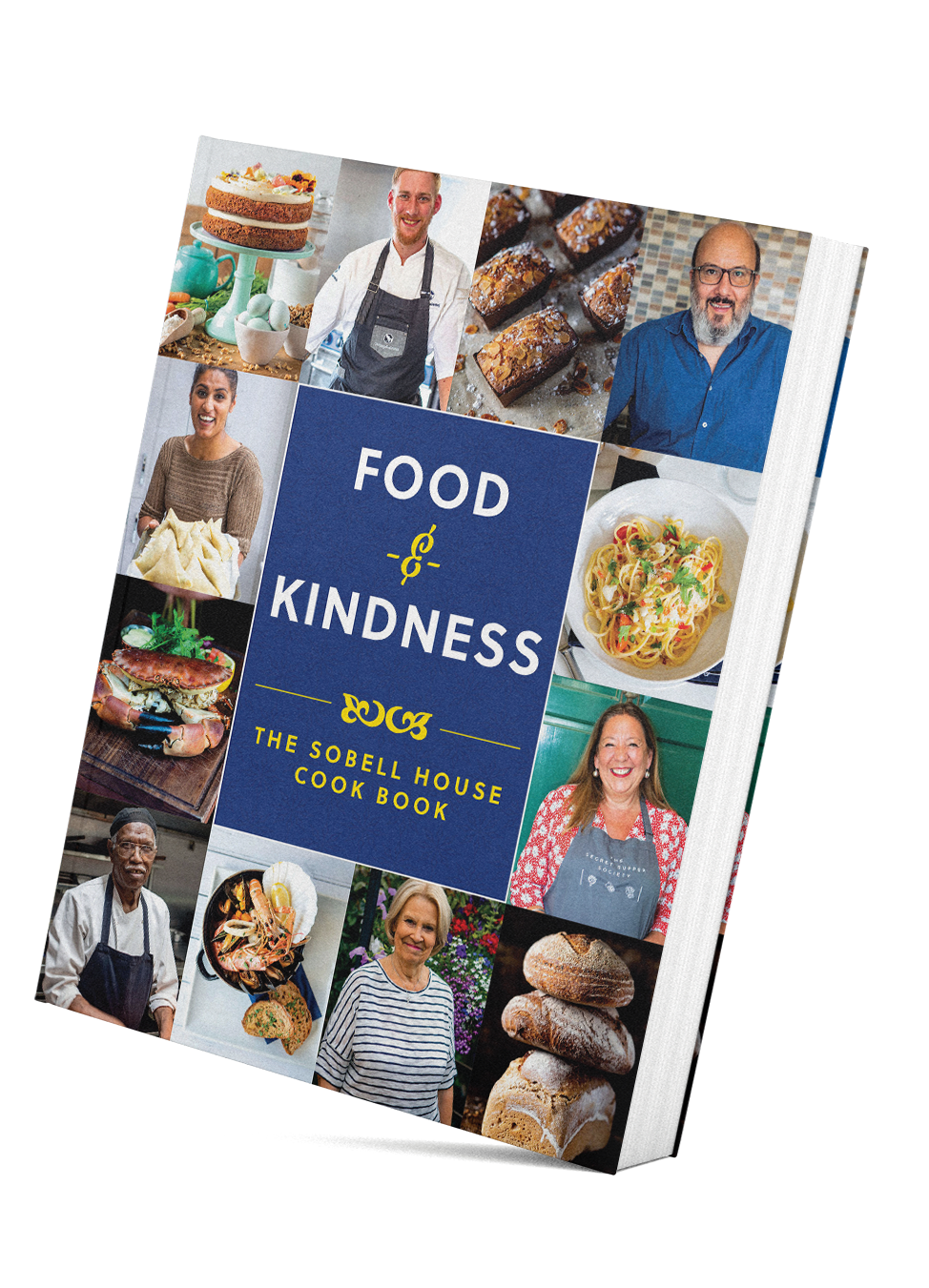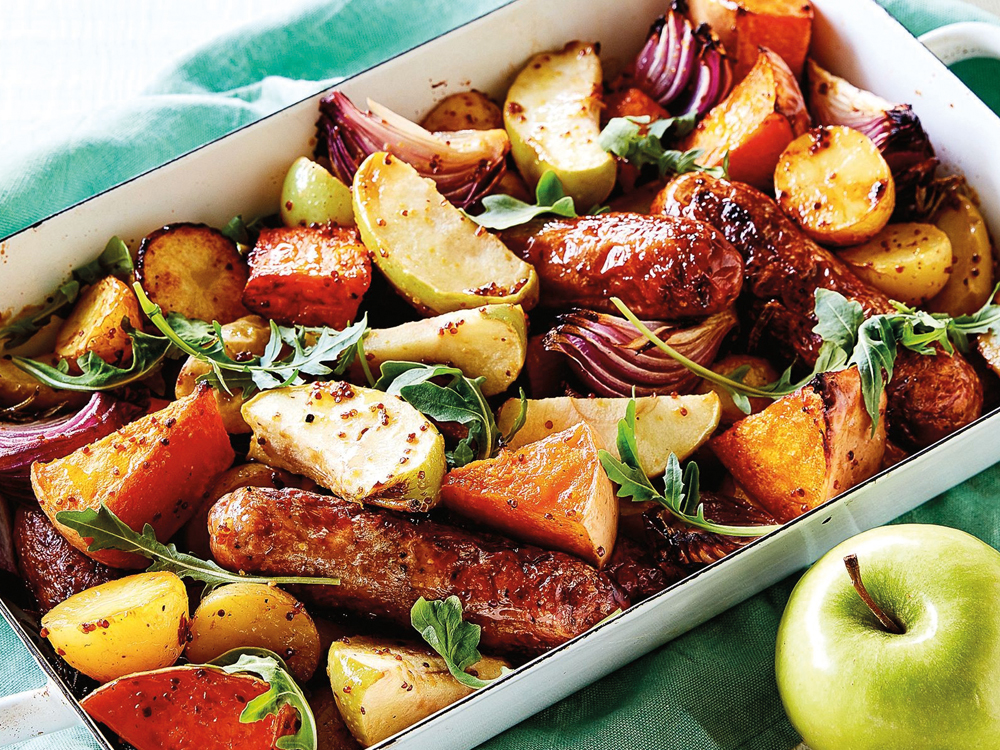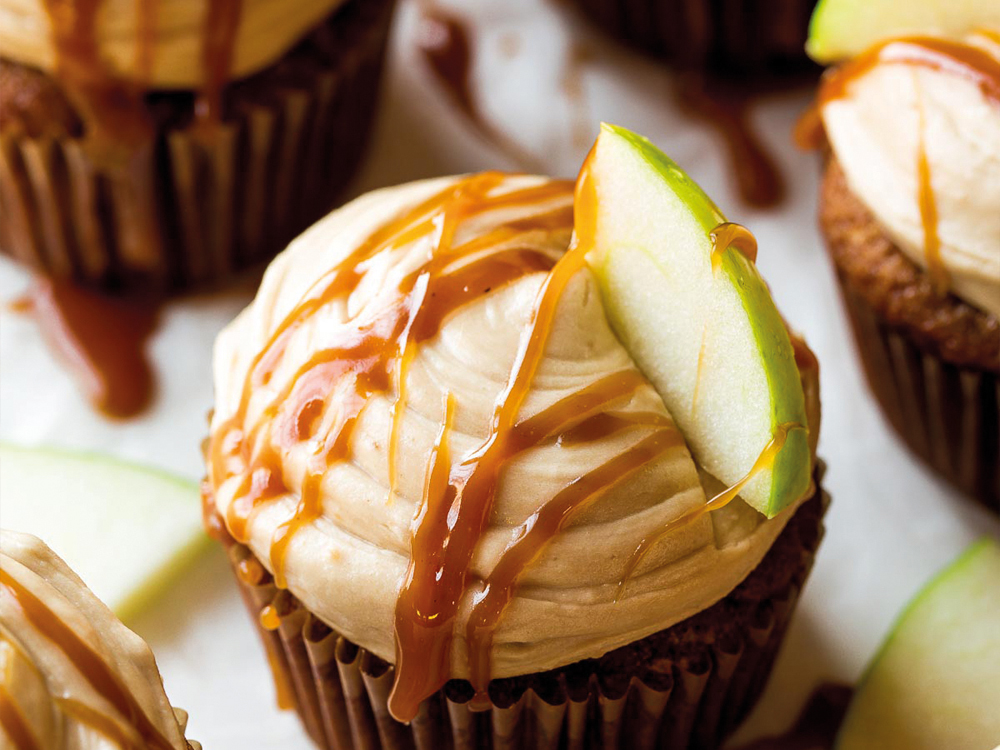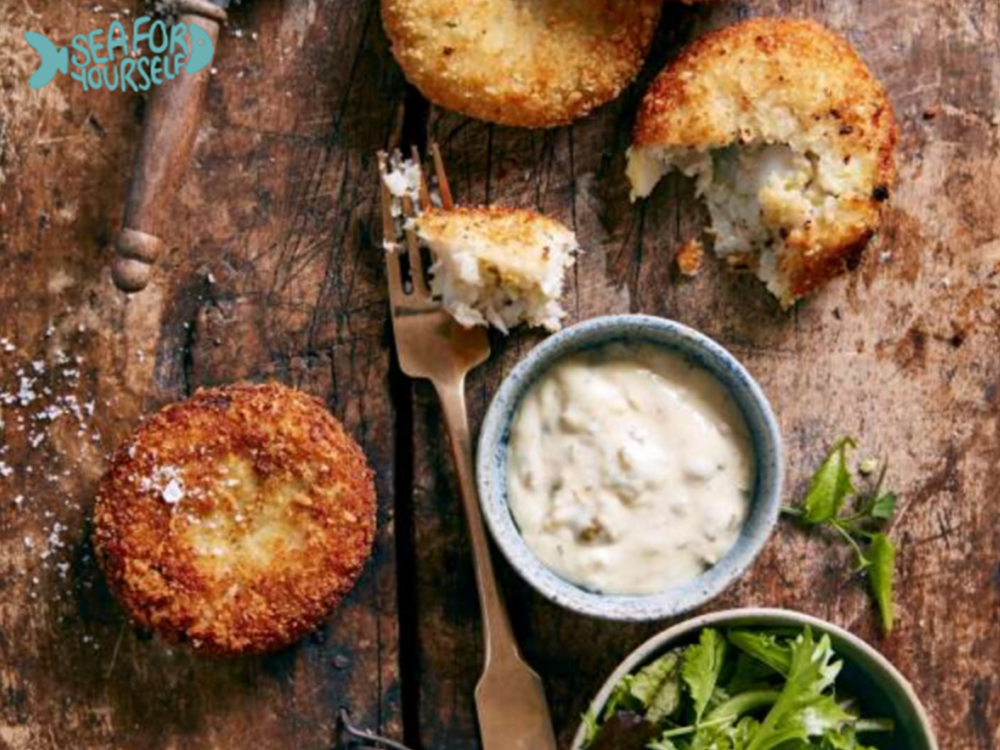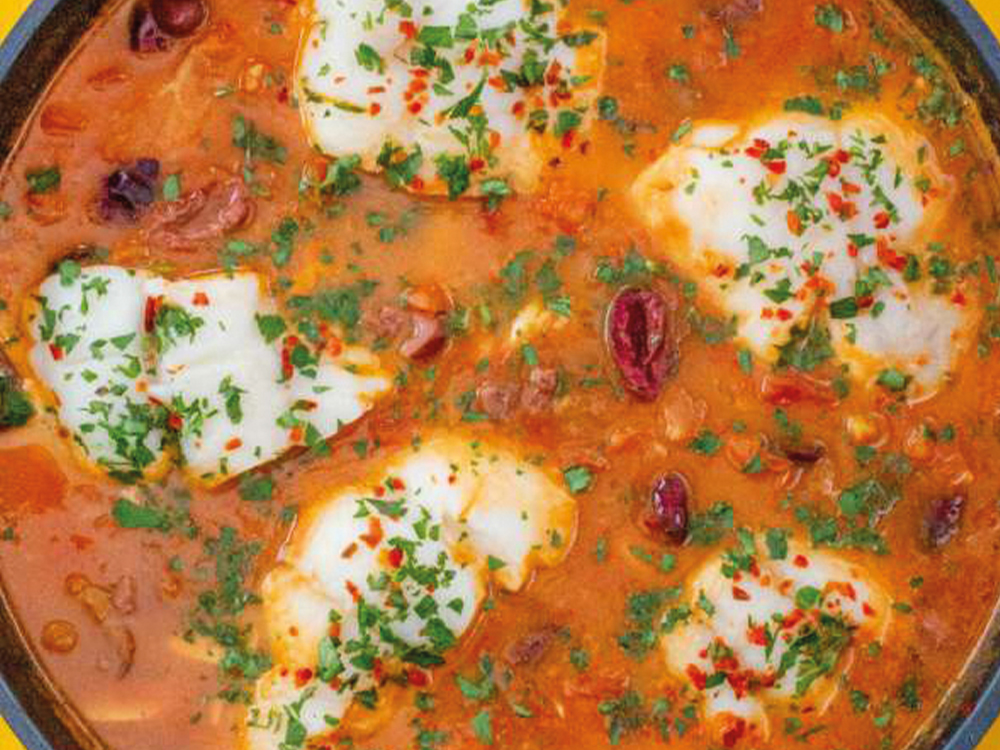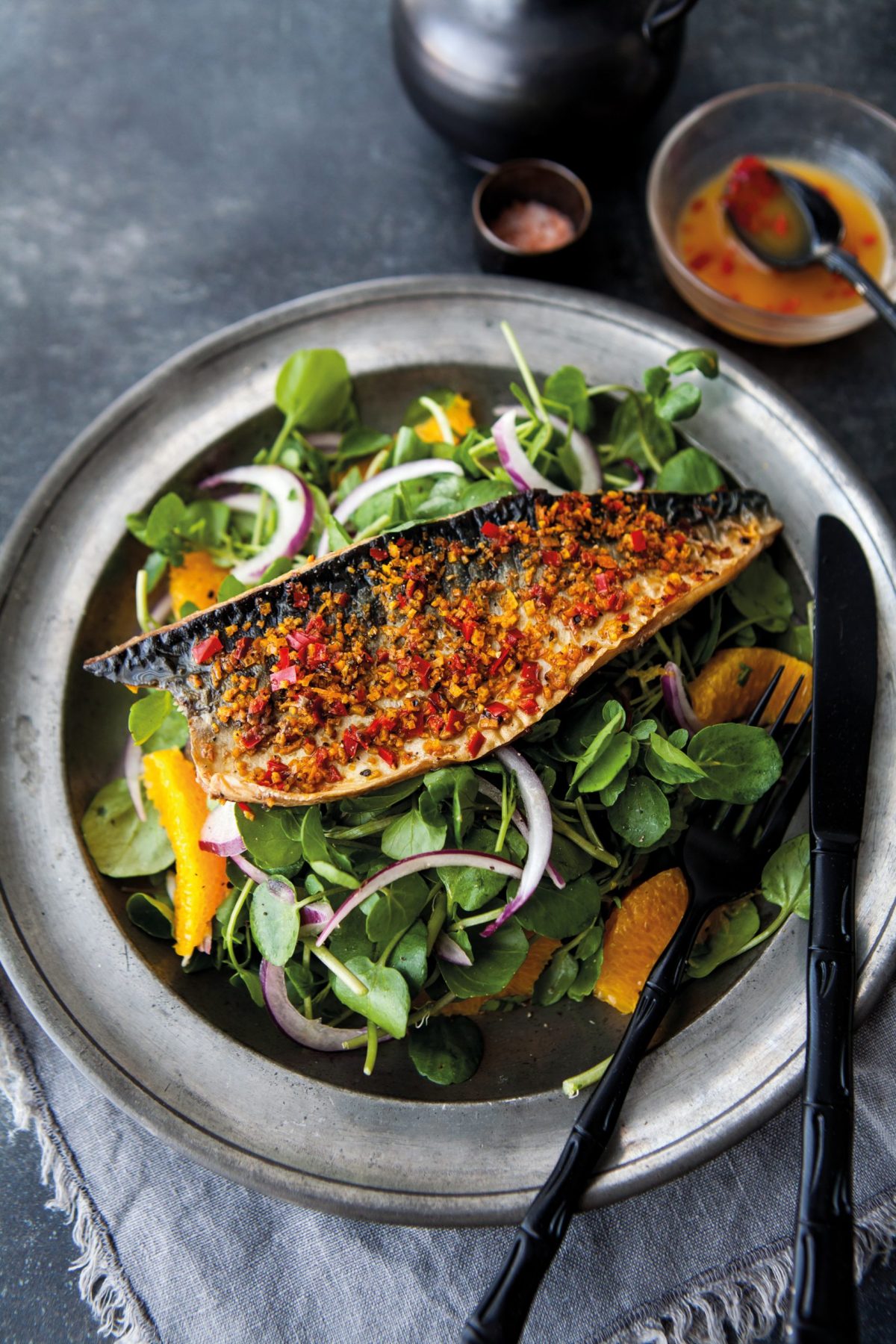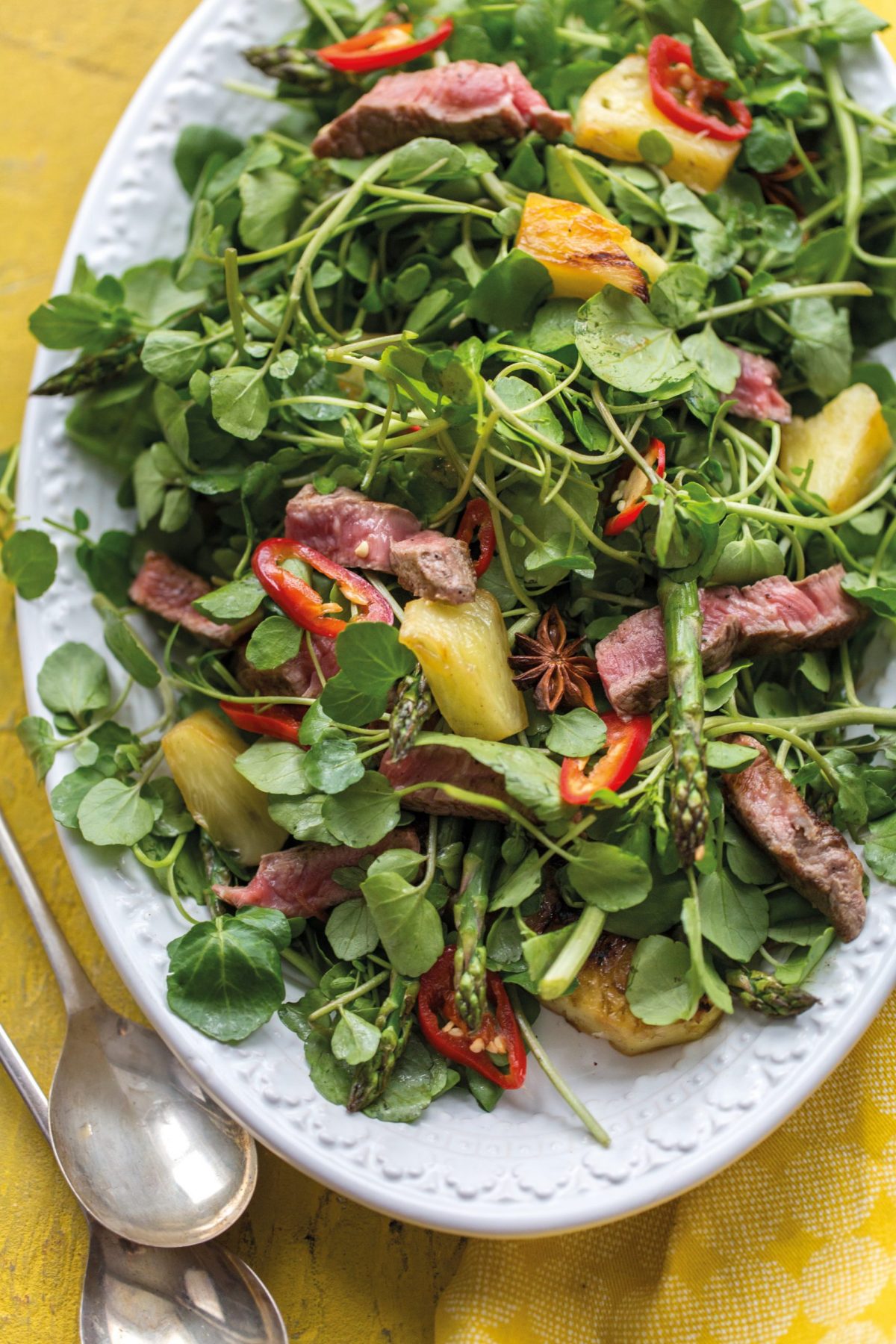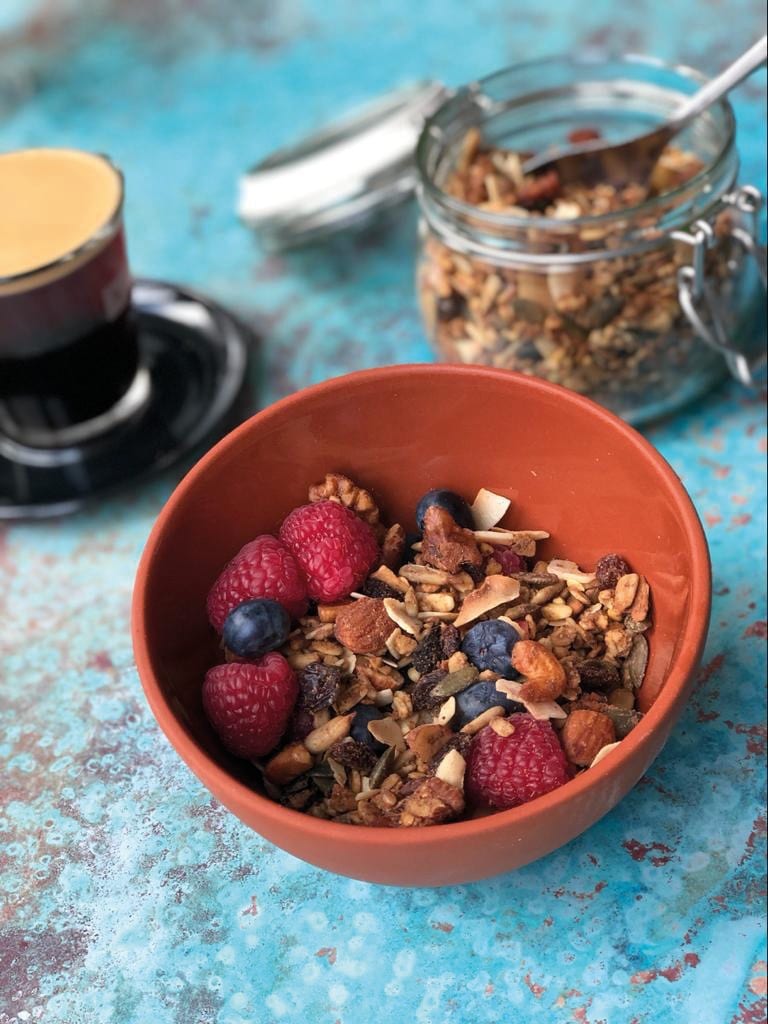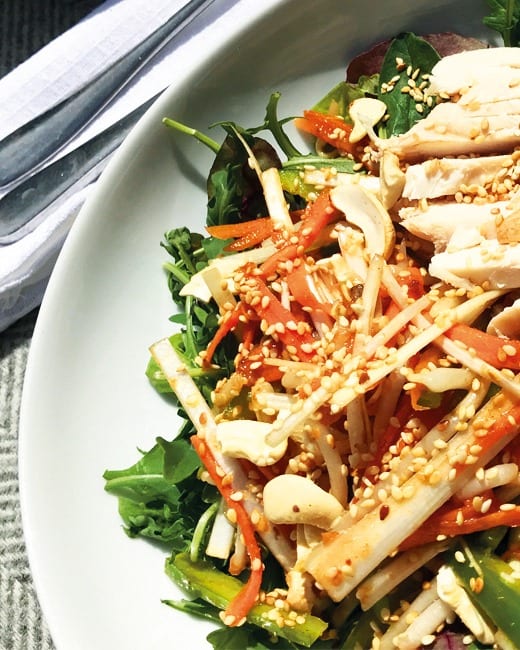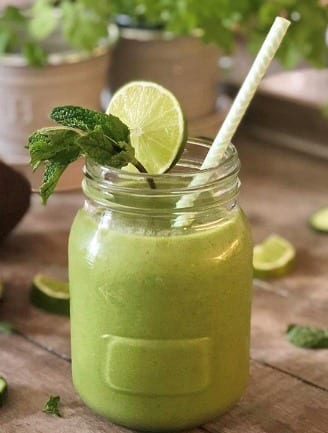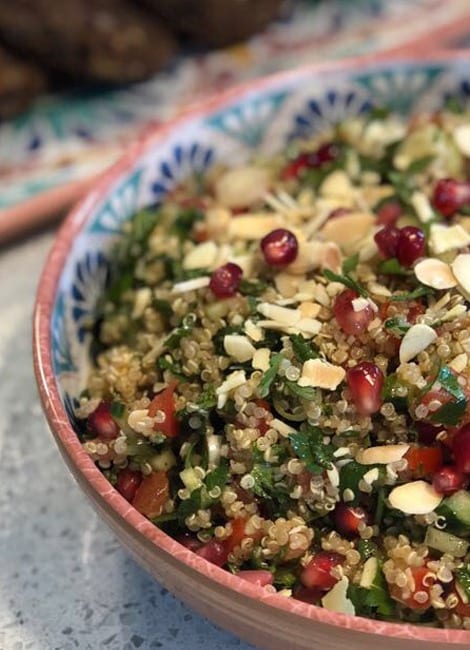Social enterprise Maymessy is helping families learn valuable life skills.
Food shopping and cooking for a family can be a challenge, especially when you’re on a tight budget, but help is at hand from a Wantage-based social enterprise.
Maymessy at Garlands Farm, West Challow, believes in giving marginalised groups and disadvantage young people better wellbeing through cookery classes and wellness activities.
It was launched in 2017 by Anna Richards who turned a disused cow shed into the cookery barn supporting young carers, young people in the care system, families struggling financially, those with special needs and refugee families.
Maymessy works with eight local charities and youth groups helping young people to understand the importance of teamwork, build their confidence and self esteem and enjoy time outside in the shared garden as well as giving them greater knowledge of healthy eating and wellbeing.

Maymessy at Garlands Farm
This year, it has branched out to support adults from charities such as Refugee Resource and Style Acre with those who visit working in the vegetable plot and getting to grips with the pots and pans before sitting down to tuck into a plate of their own yummy and nutritious food.
Maymessy can also offer ad hoc work experience, volunteering and mentorship to the young people who go there.
Anna said: “As a qualified teacher with nutritional accreditation and a mother of twin girls, I know how food shopping and cooking for a family can be a challenge, especially when you’re on a tight budget or using a food bank.
“As a local community interest company, I wanted Maymessy to help these families by providing a safe and comfortable space to learn these essential life skills.”
And this year Maymessy has been supporting the NHS in Oxfordshire with weekly deliveries to around 100 Covid-19 special care staff.
Anna added: “At the end of lockdown, we also collaborated with Ray Collins Charitable Trust to provide care packages to the staff of the John Radcliffe Children’s hospital. It was there that we had the idea that we could partner to provide support to local families in Wantage – providing our cooking expertise to the families using the [Wantage Coronavirus] Support Group.”
The WCSG has been working closely with local families over the last seven months supplying much-needed shopping and over this time realised the difference these classes could make.

Anna Richards: Founder of Maymessy
Ray said: “Shopping and cooking on a tight budget is never easy and in some cases can lead to friction and tension in the home. So the Sustainable Wantage, Ray Collins Charitable Trust and the Coronavirus Support Group want to help out by organising cooking classes for parents and hopefully older children to learn new cookery skills together and how to plan and budget for meals.”
To find out more about the work of Maymessy visit www.maymessy.com
Read about the R&A Good Cheer Awards and nominate who has helped in your community.








